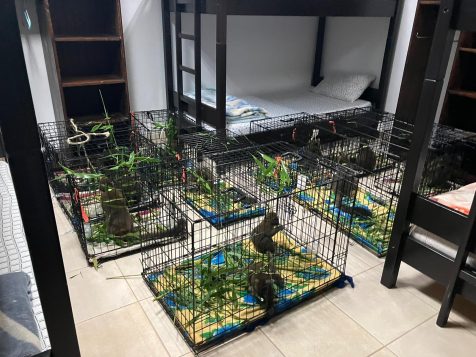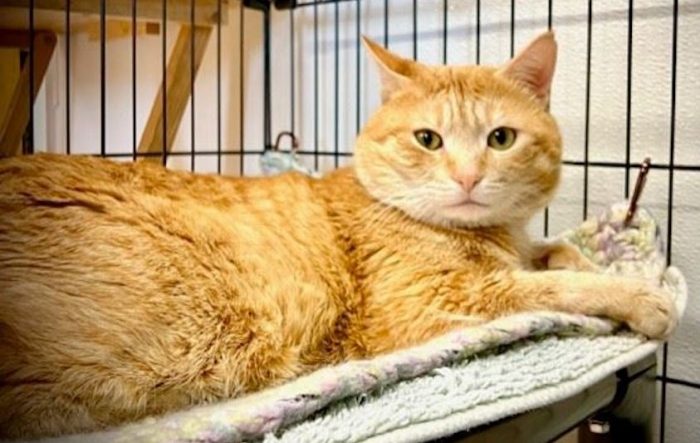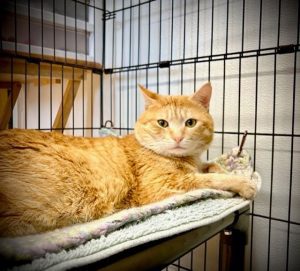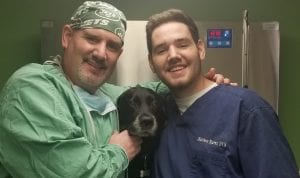By Shannon L. Malone, Esq.

Last month we explained in some detail what benefits New York automobile owners/drivers enjoy under its No-Fault Insurance Law. We also enumerated the instances where a motorist is not covered by the No-Fault Law. Today we explain how your No-Fault Insurance Application is processed by your insurance company and what rights you have under the New York No-Fault law.
The first crucial thing to remember is that you keep a copy of your No-Fault Application after you have filled it out, before you send it to your insurance carrier. If you have already consulted with or retained a lawyer, you should email your completed application to your attorney so he or she has the opportunity to make suggestions or approve the application.
After your application has been filed, you should receive a communication in writing from your insurance company acknowledging receipt. The insurance carrier should have already assigned what is known as a No-Fault claim number to your file, and the name and contact information of the representative who has been assigned your claim.
If you do not receive such an acknowledgment within approximately 10 days of the date you filed your No-Fault Application, you should follow up by contacting the company. Anytime you speak to a representative, you should be sure to obtain their name and all their contact information.
What other obligations do I have in order to obtain or keep no-fault benefits?
Your automobile insurance policy requires you to cooperate with your insurance company at all times. This cooperation comes in several forms. Your claim representative may contact you with questions about the forms you have submitted. You must answer his or her questions, after you ascertain that they are actually a representative of your company.
The insurance company representative often wants to ask you about your injuries and treatment, and you are obliged to respond. You should, however, be very careful in responding, as your insurance company has to the right to deny coverage for certain treatment it deems unnecessary.
Therefore, you should include all of the injuries you believe you have sustained and complained about to your physicians or other health care providers.
Your No-Fault Insurance representative will probably ask you exactly how the accident happened. Even though your own insurance company is obligated to pay your reasonable medical and out-of- pocket expenses regardless of fault, its representatives are permitted to ask about the accident. You should be careful describing the accident, as what you say may end up being discovered by the insurance company for the other driver and used against you.
Further, your insurance company is entitled to have you examined by a doctor of its own choosing after a certain period of time has elapsed. This is so it can have a doctor confirm your injuries and treatment plan. These doctors often recommend that the No-Fault carrier pay for a certain amount of visits to, for example, physical therapists, chiropractors, acupuncturists and specialties of various kinds. This examination is known as an IME (independent medical examination), but we contend that there is nothing independent about it. The doctor who examines you gets paid by your insurance company to render an opinion, so he or she may have a bias against recommending further treatment, or any treatment at all. Nonetheless, you must cooperate by submitting to these exams.
Your lawyer can often intervene to set the time and place of these examinations so they are convenient for you and may attend if it is warranted.
What can I do if the No-Fault carrier denies coverage for, or limits, my treatment?
There are several remedies you and your lawyer have in that situation. These will be discussed in our next article concerning No-Fault Insurance.
Shannon L. Malone, Esq. is an Associate Attorney at Glynn Mercep Purcell and Morrison LLP in Setauket. She graduated from Touro Law, where she wrote and served as an editor of the Touro Law Review. Ms. Malone is a proud Stony Brook University alumna.












 Welcome to the 16th edition of Paw Prints, a monthly column for animal lovers dedicated to helping shelter pets find their furever home!
Welcome to the 16th edition of Paw Prints, a monthly column for animal lovers dedicated to helping shelter pets find their furever home!














